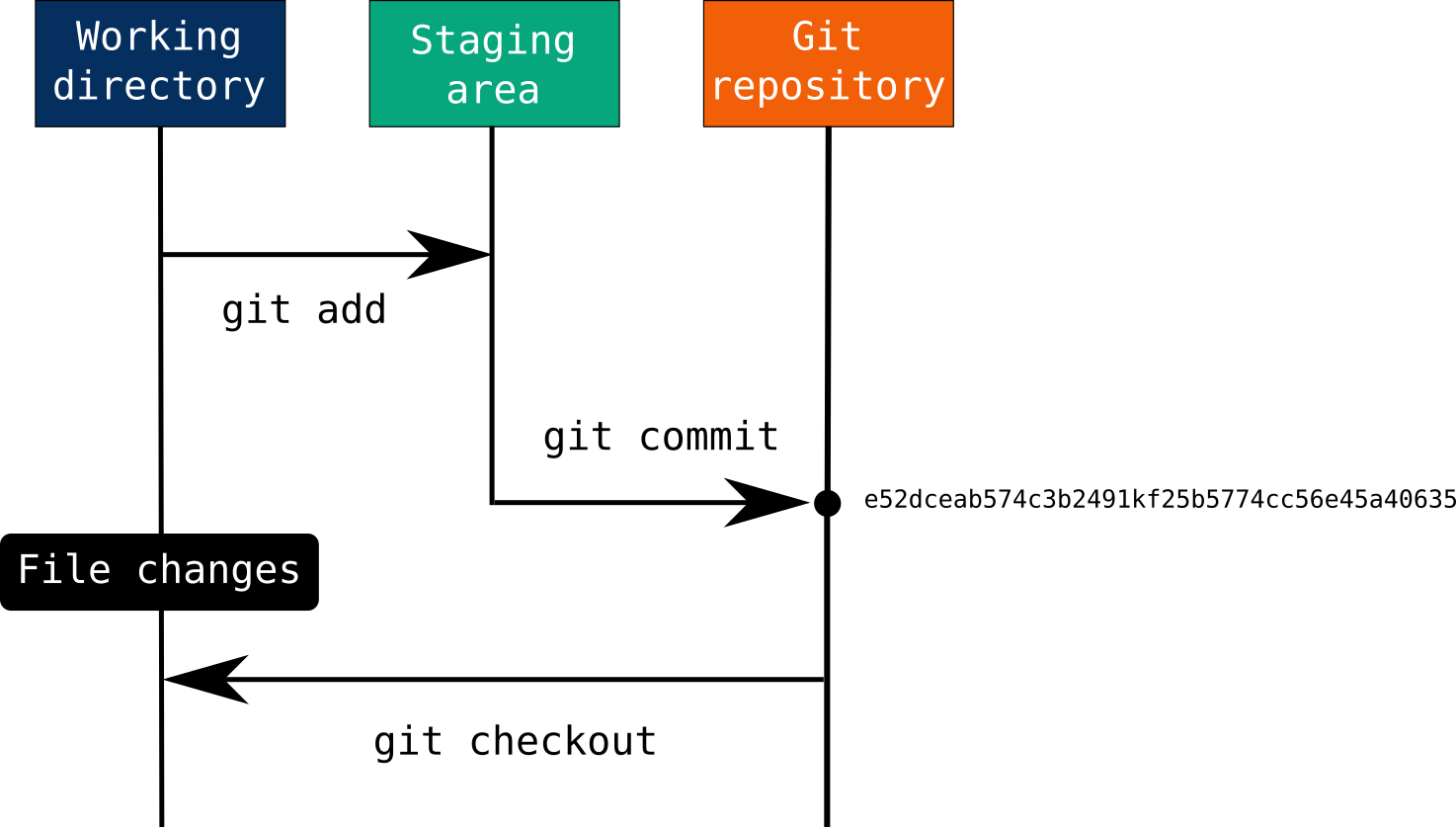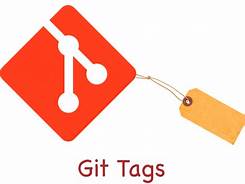

It will also set up a tracking relationship between your remote and local branch so that git pull and git push will work as intended. It will then create a local branch with the same name. When Git is unable to find this branch in your local repository, it will assume that you want to checkout the respective remote branch with the same name. If you want to switch to a remote branch that does not exist as local branch in your local working directory, you can simply execute git switch remoteBranch. You might have noticed that it is the same command used to switch to a local branch. Then use the same command git checkout RemoteBranchName to switch to remote branch. To checkout a remote branch, you will need to fetch the contents of the branch using git fetch –all first.
#GIT CHECKOUT TAG FILE UPDATE#
Commit your changes, and then update this commit with extra changes (you can modify commits in Git until they are pushed) Switching to a remote branch .Force checkout, which will discard your local changes.Use stash to locally stash your changes temporarily without commit.Git will not allow switching branch until you do one of the following: The above error appears when you have changed a file, and the branch that you are switching to also has changes for the same file too (from the latest merge point). Switch to an existing branch įirst, get the list of the branches through git branch Let's try different versions of git checkout command. It also informs Git to preserve all the new commits on that branch. When you checkout a branch, it updates all the files in your working directory to match the version stored in that branch. The git checkout command allows you to navigate between different branches created through the command git branch.

Difference between git checkout and git Clone.Difference between git checkout and git restore.Difference between git checkout and git reset.Let's go through some examples of switching branches through git checkout, and then we will touch upon the use of git switch. If it is a remote branch, it will create a tracking branch and will switch to it.If it is a local branch or an explicit remote branch, it will switch to it.Note that the command git checkout is a multi-feature command which performs multiple functions like:
#GIT CHECKOUT TAG FILE HOW TO#
After reading this article, you will have strong knowledge of how to switch branches in Git and what are its companion commands. We will also go through some of the similar commands of Git. Today, we will go through different use cases and examples for using git checkout and git switch. The most famous command for switching branches has always been git checkout however the newer versions of Git divided its features into specific commands. Efficient branch switching is important to safely switch from one branch and commit your changes to the desired branch. You also switch branches frequently based on priorities. Is not affecting the repository pointer, it is only changing the state of the files to match the specific point in time, if you will run the git status you will see those files as local changes, it doesn't differ in any way from taking the copy paste from the state of the file in the repository.When working on a project, you usually work on more than one branch at a time. So from the git perspective command: git checkout file The git log is using the local repository pointer to log the changes on the file so it will be aware of the "future" changes that happened before the state of the file you checked it into. Your pointer of local repository won't change. Or individual statues of the files changes when you check them out to specific state with: git checkout filelistĮven if you do checkout all your files to the previous repository state: git checkout * Either your local repository pointer is being changed when you checkout entire repository with: git checkout The behaviour you are seeing with the log happens because of the fact that Git has two methods of pointing to the repositories. To checkout the entire state of the repository to the working directory with a tag, you write: git checkout tags/īut as with a case of normal branches you can decrease the scope of the checkout to individual files by listing them: git checkout tags/.

Because of how tags work in Git, they are basically just read only branches which you can treat as any branch in Git.


 0 kommentar(er)
0 kommentar(er)
